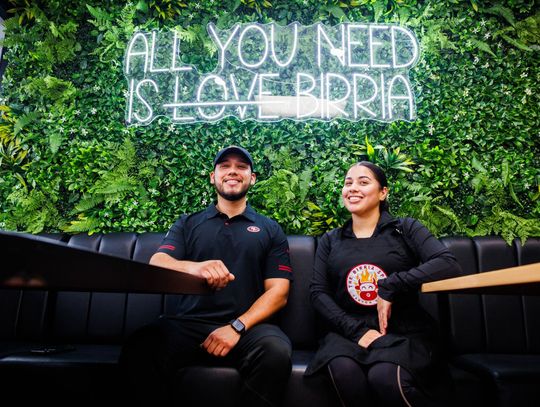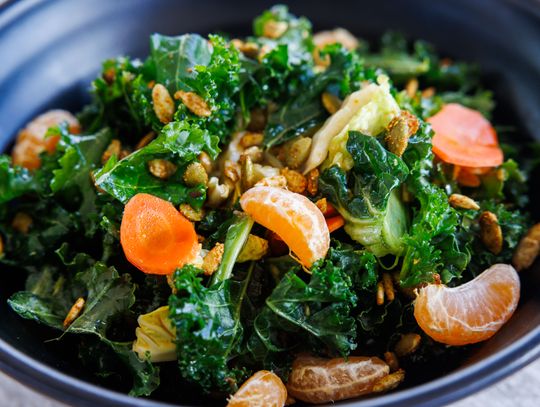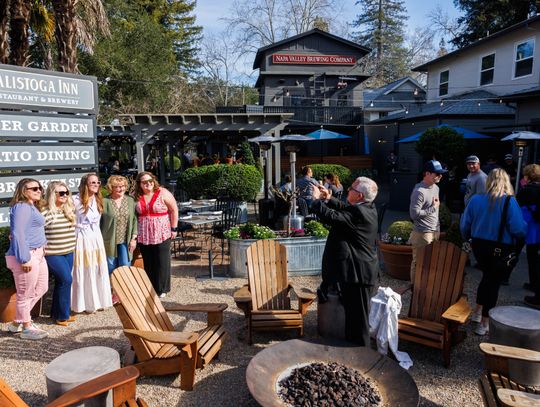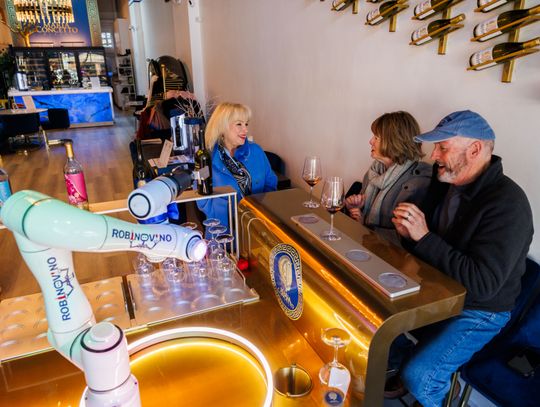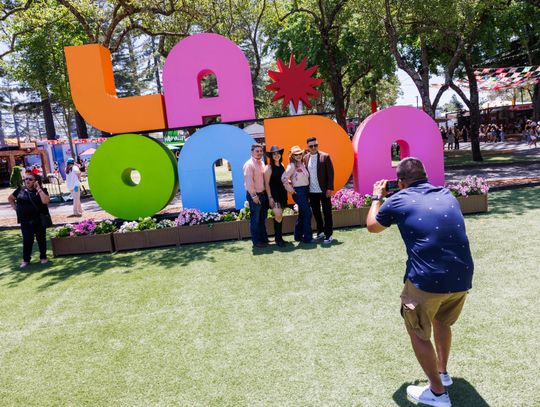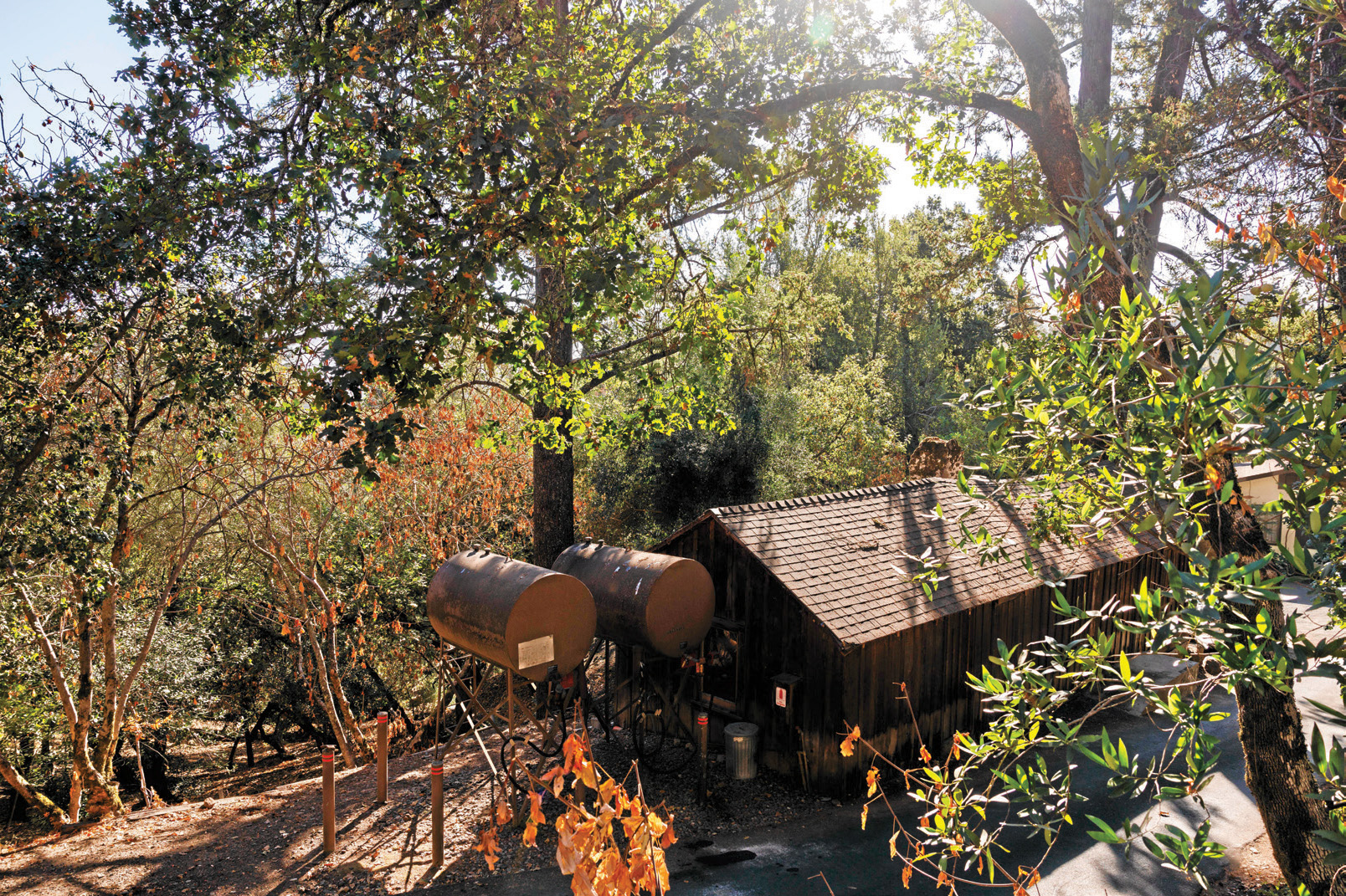
Schramsberg Vineyards in Calistoga and Davies Vineyards in St. Helena, both owned by the Davies family, are constantly reinventing themselves and the over 40 wines that they create by looking west. Cool ocean breezes that blow over their coastal vineyards help maintain crispness, a key factor in Schramsberg’s sparkling wines and Davies Pinot Noirs.
“Our secret is finding the coastal and bay-adjacent pockets in Marin, Mendocino, Napa and Sonoma counties that preserve acidity. We allow ourselves to try a few new vineyard siteseach year,” says Hugh Davies, president of Schramsberg Vineyards.
Davies says the wineries frequently try out different techniques, like “baseball cap” style canopy management to cover the grapes. This protects the fruit from sunburn. Schramsberg Vineyards also ferments select lots in contact with their skins to add depth and color for its sparkling rosé program.
Schramsberg and Davies wines are known to age extremely well.
“The reason you can serve a 2000 or a 2007 bottle of a Schram sparkling wine is because they preserve their youth. The tangy juiciness of our Chardonnay grapes and the flavorful depth of our Pinot Noir grapes retain that raciness,” says Sean Thompson, vice president of winemaking for Schramsberg Vineyards.

COUNTERING 2024’S WARMTH
In 2024, Schramsberg Vineyards finished its sparkling harvest at the tail end of September, a month earlier than last year.
“It was a blessing to get the grapes in before the variable weather of October. Normally the grapes from the Napa Carneros American Viticultural Area (AVA), the Anderson Valley AVA, the Sonoma Coast AVA and the Marin County AVA space themselves out. It was warmer, so everything came in together this year,” says Jessica Koga, winemaker for Schramsberg Vineyards.
Schramsberg is now concentrating on revitalizing certain vineyards along the coast. This involves replanting the vines and adding new infrastructure like trellis systems.

“For example, we rent the Juster Vineyards property in Anderson Valley in Mendocino County on a long-term lease. We’re currently replanting the Pinot Noir vines. These have usually yielded a wine with aromas of pomegranate and plum,” says Koga.
One of Koga’s picks for a November 2024 release is the 2013 Blanc de Blancs Late Disgorged, a white sparkling wine made from Chardonnay grapes.
“This is the late disgorged option that’s spent 10 years on the lees post-bottling. We have two vineyard designates coming out this year, including one from the Tognetti Vineyard in the Napa Carneros AVA. You learn patience from working with sparkling wines. It takes forever to give it aged characteristics, like a crème brûlée or apple strudel quality,” says Koga.
Thompson says the Blanc de Noirs Extra Brut, currently offered as a 2020 release, is one of his favorites.

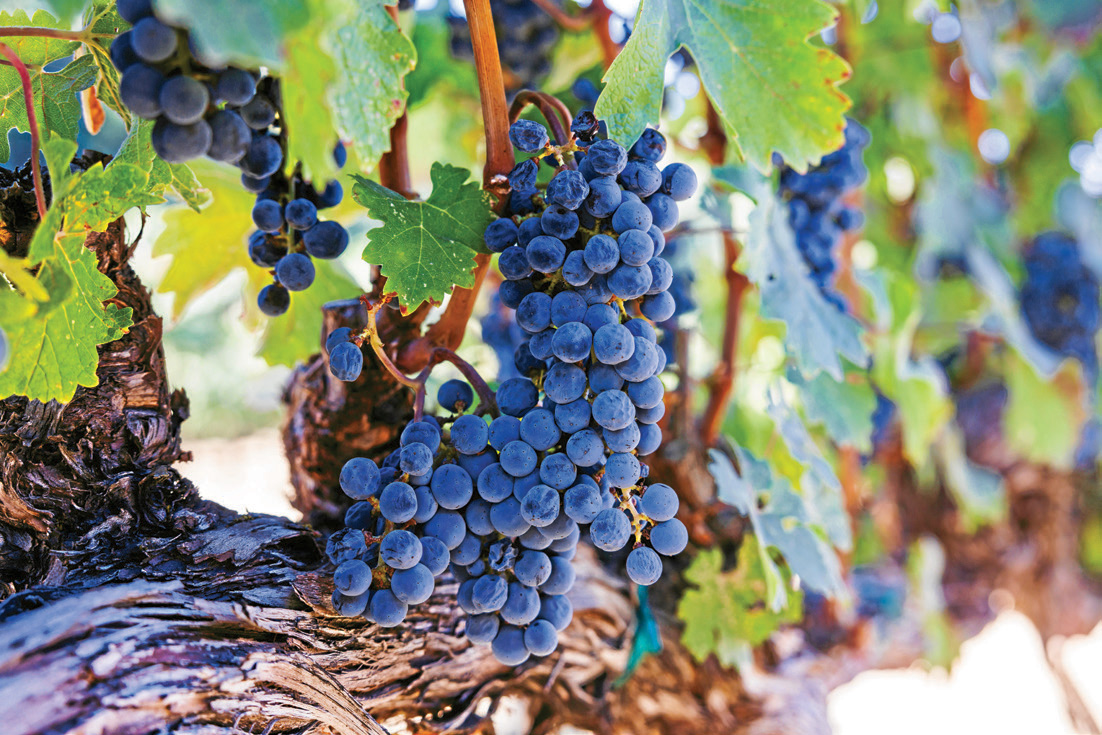
“I like its super high acidity. This wine highlights the achievements of Marin and Sonoma county Pinot Noir growers in Nicasio, Occidental and Ft. Ross-Seaview,” says Thompson. Thompson says the Nicasio grapes in particular add mango characteristics.
“The Blanc de Noirs Extra Brut usually matures into a dense, fruit-driven wine with layers of citrus tart and vanilla,” says Thompson.
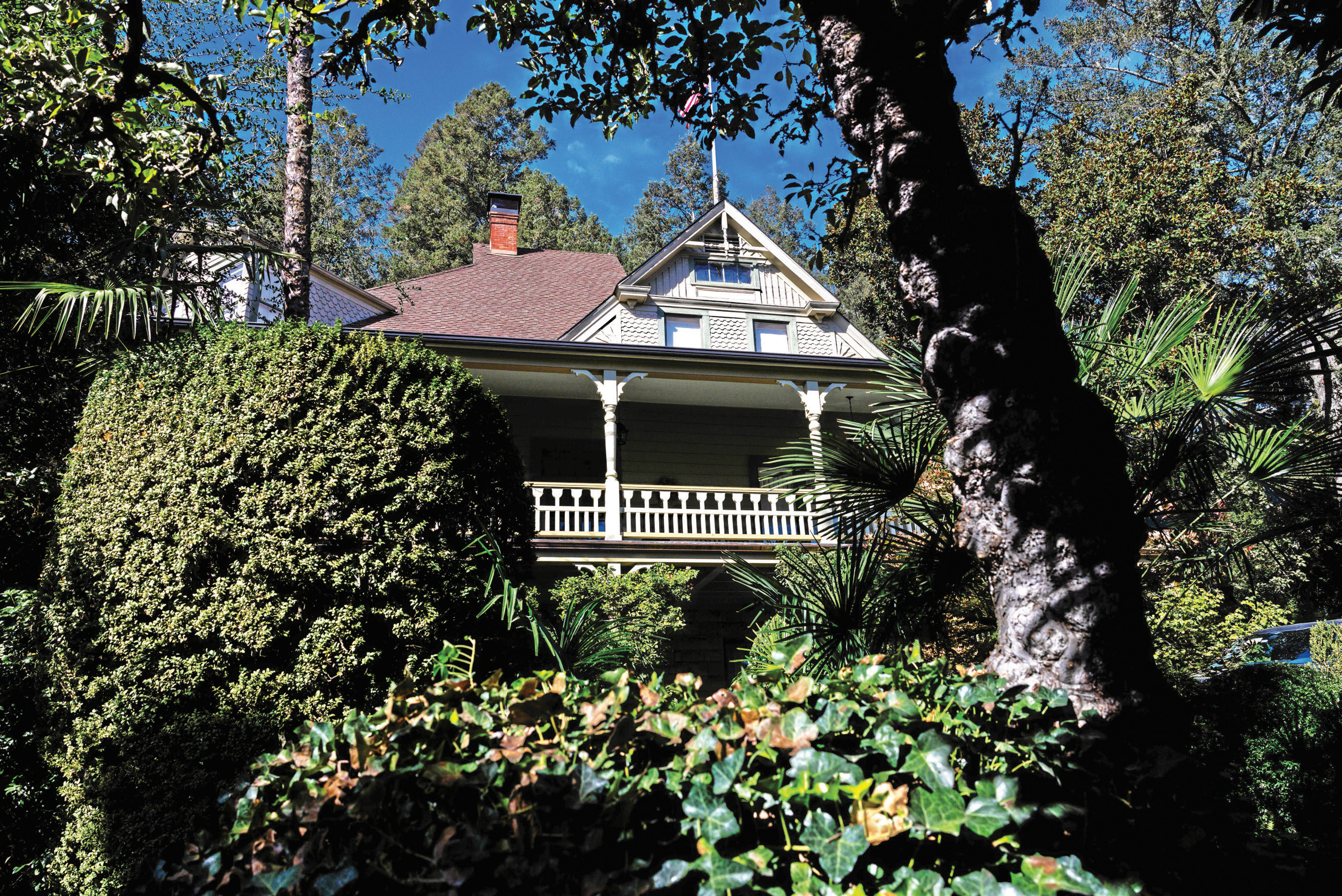
A STORY THAT BEGAN ON DIAMOND MOUNTAIN
Schramsberg Vineyards was founded in 1862 by Jacob Schram, a German immigrant who built the winery and wine caves on Diamond Mountain. The winery operated for close to 50 years. The second generation of the Schram family shut it down during Prohibition.
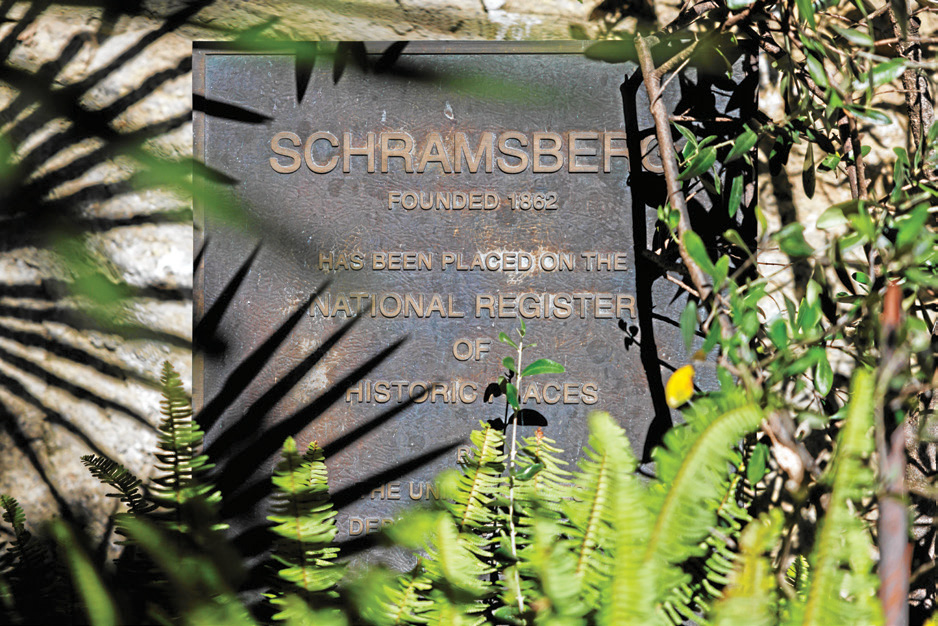
The vineyards, caves and buildings remained closed until 1965. At that point, Jack and Jamie Davies, Hugh Davies’ parents, purchased the estate.
The couple came to the Napa Valley from Los Angeles by way of San Francisco, with no experience in winemaking. “My mother, then Jamie Peterman, graduated from UC Berkeley in the early 1950s. After graduation, she and her friend Wanda Hansen sold paintings by young California artists in The Hansen Peterman Gallery, a business they established near Union Square,” says Davies.
At the time, Jack Davies worked as a marketing consultant for McKinsey & Co. The company is now an international business consulting firm.
“My father, a Stanford graduate, had clients that included Levi Strauss & Co. and Kaiser Steel. My parents met at a dinner party. They hit it off so well they married six months later,” says Davies.
The couple relocated to Los Angeles, where they lived for five years.

“My father worked then as president of Ducommun, an aeronautics manufacturer. My mother began having children, my two brothers. The whole time, they were hatching a plan to come to the Napa Valley,” says Davies.
Although neither of the couple’s parents drank wine, Jack and Jamie were interested in tart, low-alcohol wines.
“They decided to make sparkling wine and grow the grapes in Napa Valley. No one else was doing that. They were excited by what their contemporaries like the Mondavis were doing. They wanted to create their niche,” says Davies.
In 1965, Jack and Jamie bought the Schramsberg property for $250,000. The Davies started their venture by taking short courses in winemaking and planting Chardonnay and Pinot Noir vines on Diamond Mountain.
Soon Jamie became a member of a group of individuals who perfected pairing Napa Valley’s emerging wines with different cuisines.
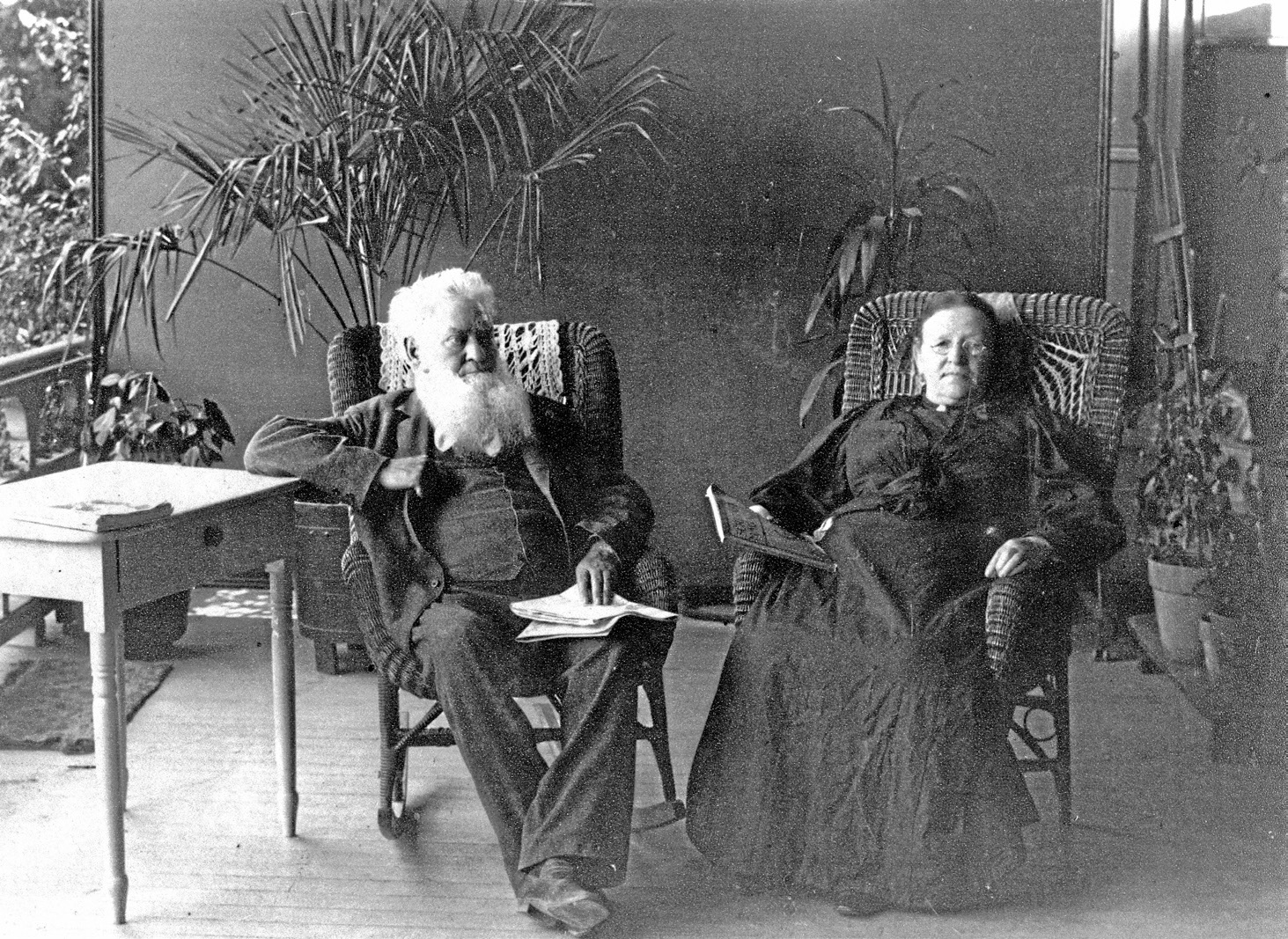
“Many of these people were professional chefs. They bought Schramsberg and other local wineries’ releases for their restaurants. This was an excellent way for winery owners to learn more about cooking and become part of Napa’s emerging culinary scene,” says Davies.
The Davies were also among the leading advocates for the Napa Valley Ag Preserve, which Napa County established in 1968. Today, the Ag Preserve protects approximately 7.3% of Napa County with restrictive agricultural zoning.
In 1998, after Jack Davies passed, the Davies family founded the Jack L. Davies Ag Preservation Fund (the JLD Ag Fund) to support agricultural conservation in Napa Valley. In 2003, the JLD Ag Fund merged with two similarly-minded nonprofits, the Napa Valley Foundation and the Napa Valley Agricultural Land Preservation Fund.
The JLD Ag Fund, which is guided by a volunteer board of directors, also commissions research on agricultural land preservation. It supports a wide range of local people and projects, through paths like scholarships for local high school and college students to donations to the Million Trees Napa Initiative and multi-year pledges to the Napa Valley Vine Trail.
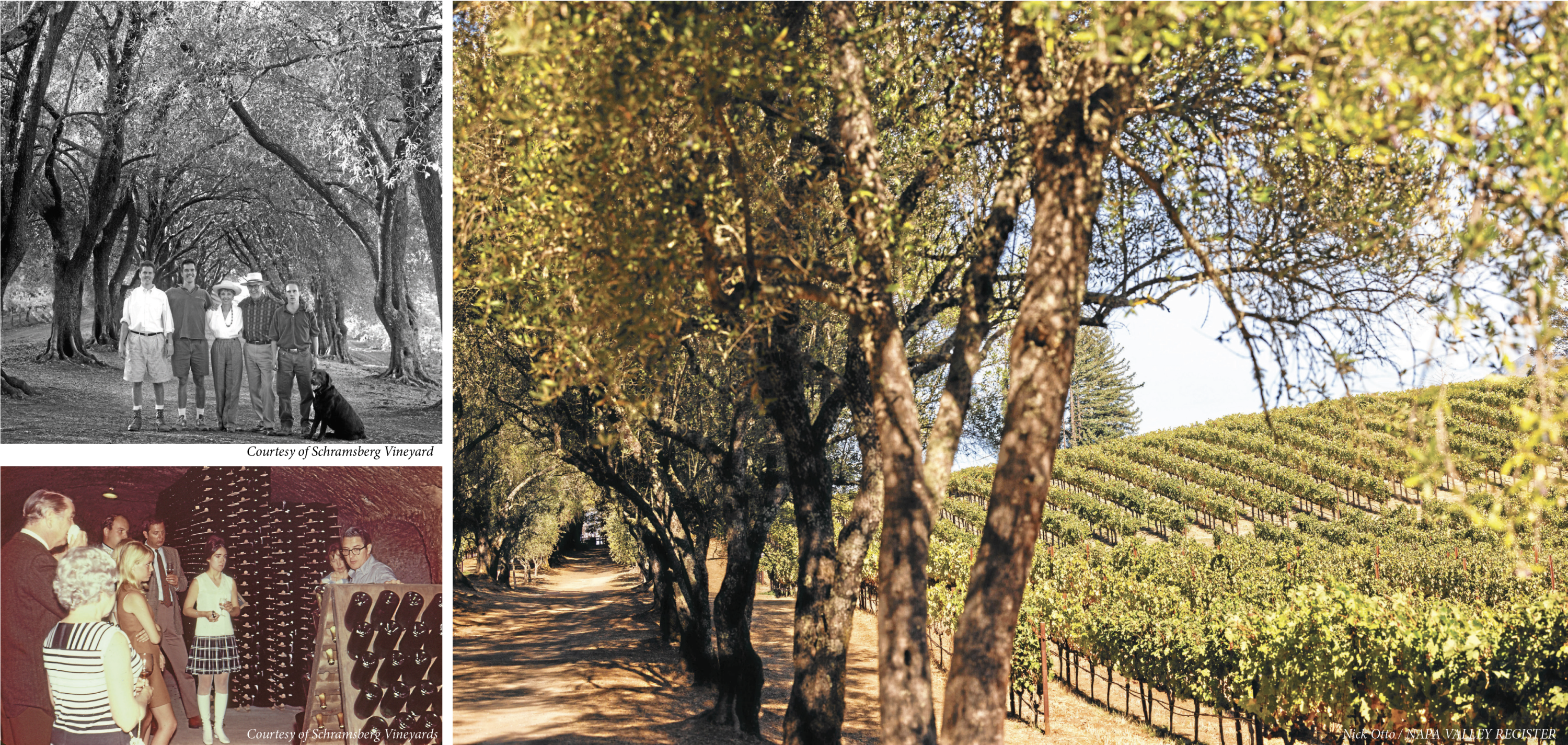
SHARING SCHRAMSBERG WINES WITH THE WORLD
Schramsberg’s sparkling wines gained international recognition when the Blanc de Blancs, the first wine the Davies produced, was used for President Nixon’s 1972 “Toast to Peace” with China’s Premier Zhou Enlai. Every U.S. presidential administration since has served Schramsberg’s sparkling wines at least three times.
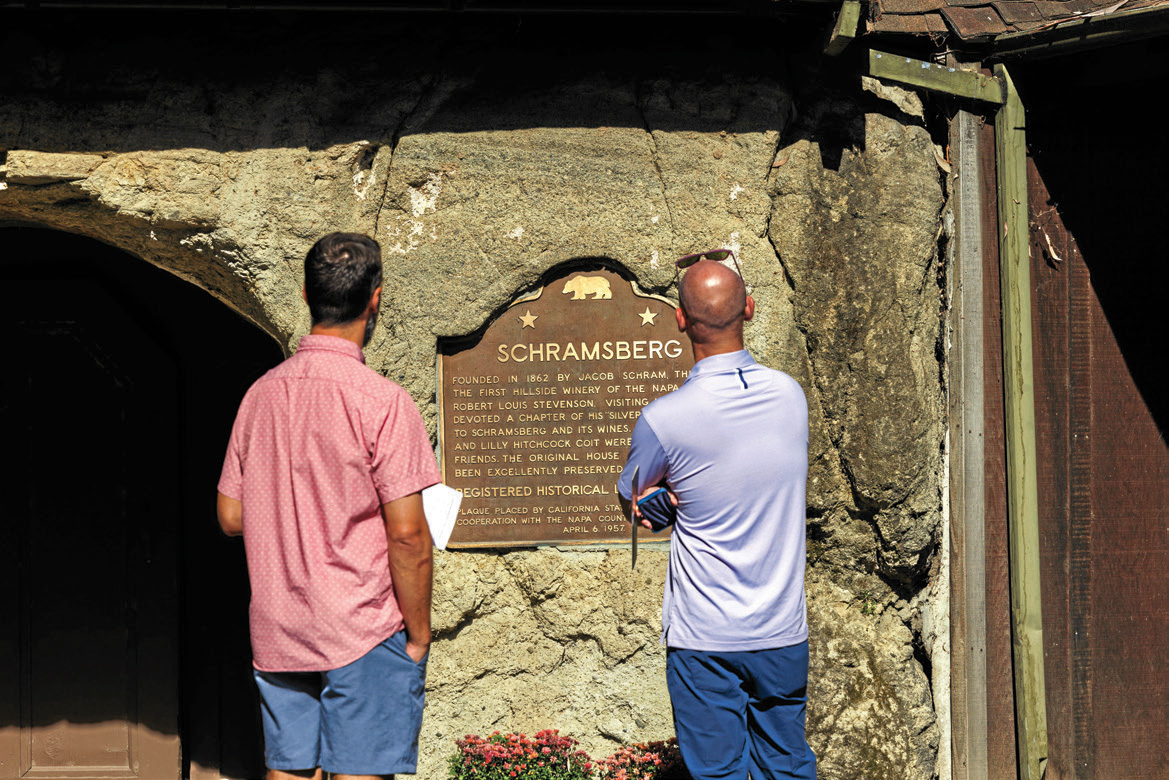
NICK OTTO / NAPA VALLEY REGISTER
In 2001, the Davies family began making still red wines, starting with Cabernet Sauvignon. Davies Vineyards now also makes Pinot Noir. The family opened the Davies Vineyards Winery in St. Helena in 2012.
It is a big job to educate international and domestic audiences about Schramsberg’s and Davies’ rotating cast of offerings.
“Fortunately, we have many repeat customers. Many have visited our wineries and are members of our 12,000-person wine club,” says Laurent Sarazin, vice president of sales and marketing for Schramsberg Vineyards.
Sarazin, who has worked for Schramsberg since 2001, shares its wines with distributors and chefs at high-end restaurants by taking six wines at a time to major cities across the country. He then works with restaurant teams to pair the wines with their top dishes.
“This is a tough environment because the market is saturated with wine. But we put a twist on the idea of sparkling wine and still red wine. We’re American and we have a wide array of wines. Our wines are delicious and different. It doesn’t hurt that we’re competitive at our price point,” says Sarazin.

IDEAS FOR THE FUTURE COME FROM THE PAST
Going forward, Davies hopes to teach his niece, Abbie Davies, his nephew, Jack Davies and his three sons, Emrys, Nelson and Hughie, more about the business.
“They’ve all worked at Schramsberg Vineyards in temporary roles. Currently
Abbie is working at Domaine Serene in Dayton, Oregon to help make Pinot Noir. Jack is a sales representative for Republic National Distributing Company, a major
wholesaler. We’re excited to see them develop experience outside of the family business,” says Davies.
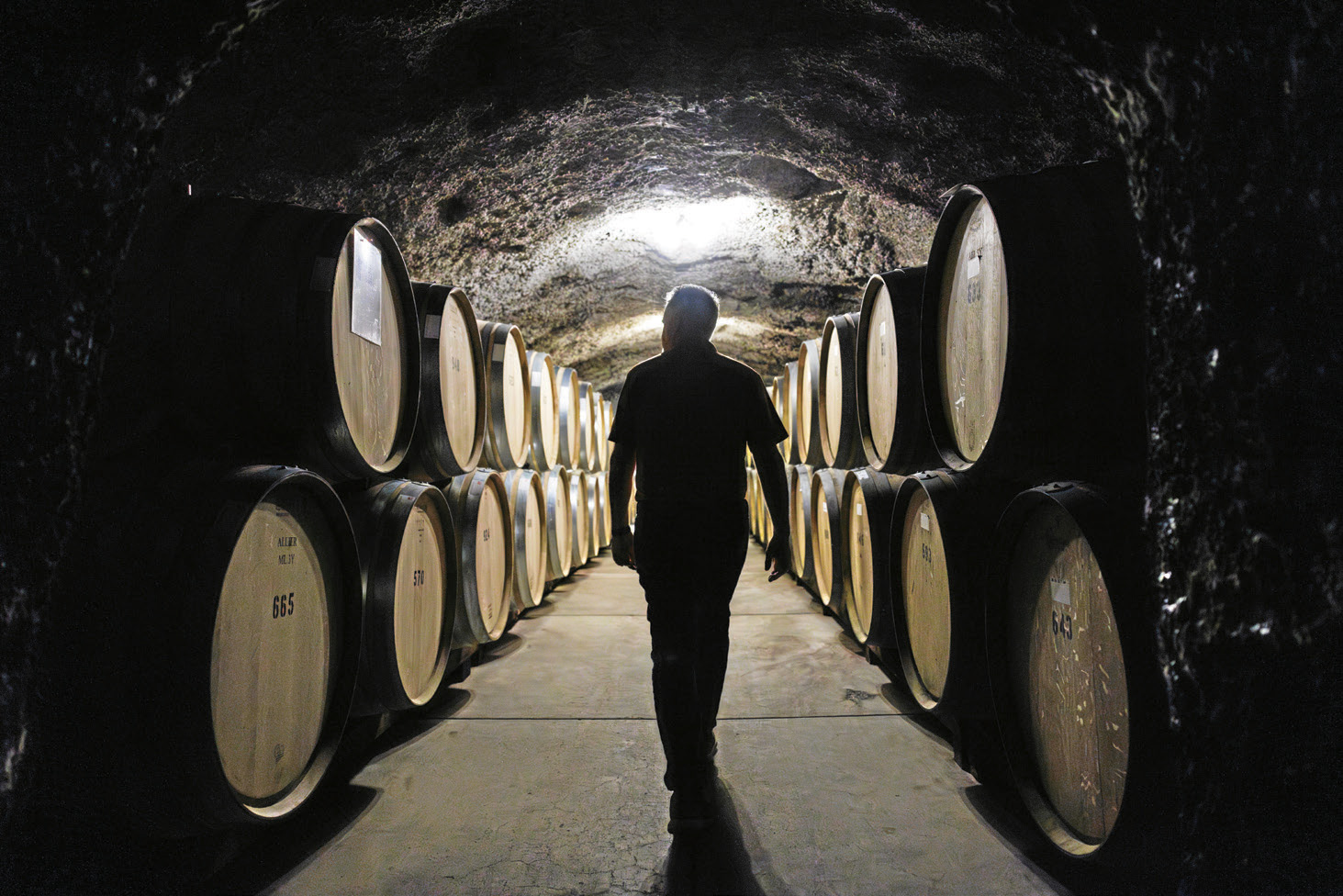
Davies will also continue to draw on knowledge he acquired years ago from completing his master’s thesis in oenology and viticulture at UC Davis. The project was a sensory analysis of 24 sparkling wines from the Anderson Valley, Carneros, Napa Valley and the Russian River Valley.
The “practical project” was a sparkling wine boot camp.
It gave Davies the knowledge base he needed to evaluate how techniques, growing conditions and environments impact the best grapes for sparkling wine from the North Coast.
“I still look back to those notes for inspiration on how to grow grapes for sparkling wine today. They are part of what helped us create Schramsberg sparkling wines like the 2014 J. Schram Noirs. That’s taken nine years to mature. Back then, we came to understand that we should blend Pinot Noirs and Chardonnay from Marin, Mendocino, Napa and Sonoma counties. If you do it right, you’ll make a wine like Schramsberg has created, a toasty, full-bodied, creamy sparkler,” says Davies.




